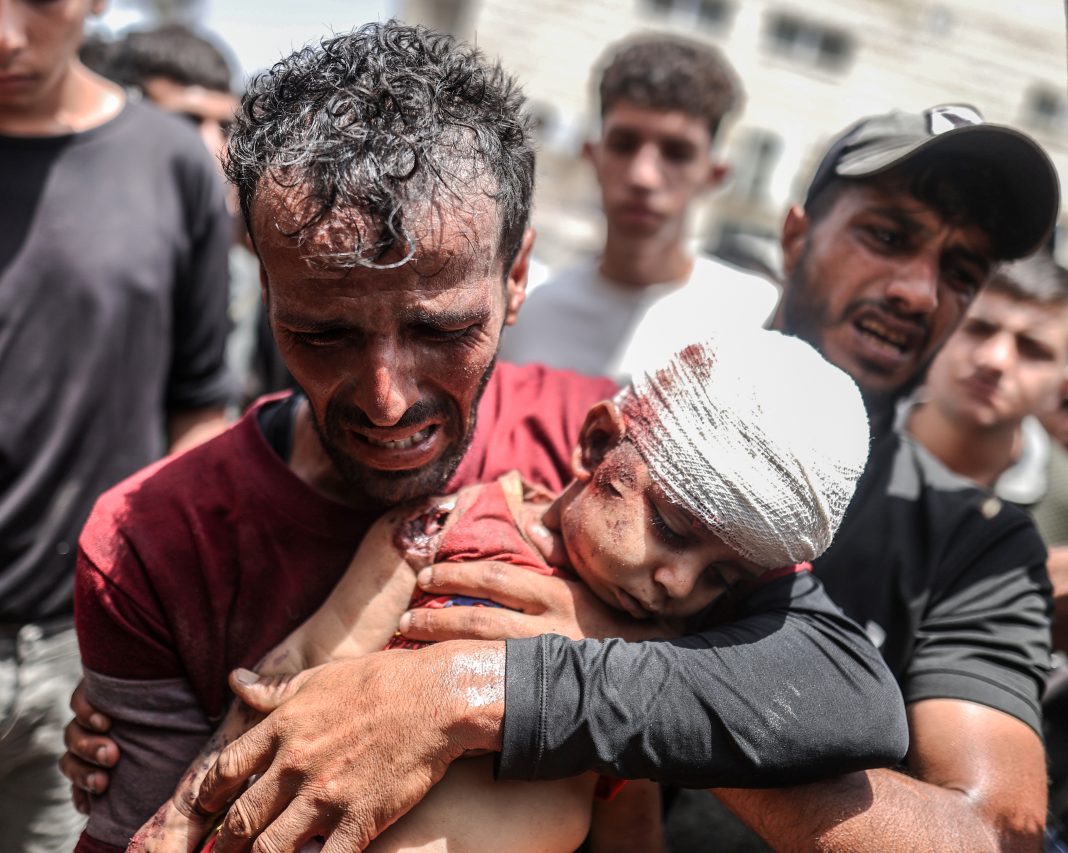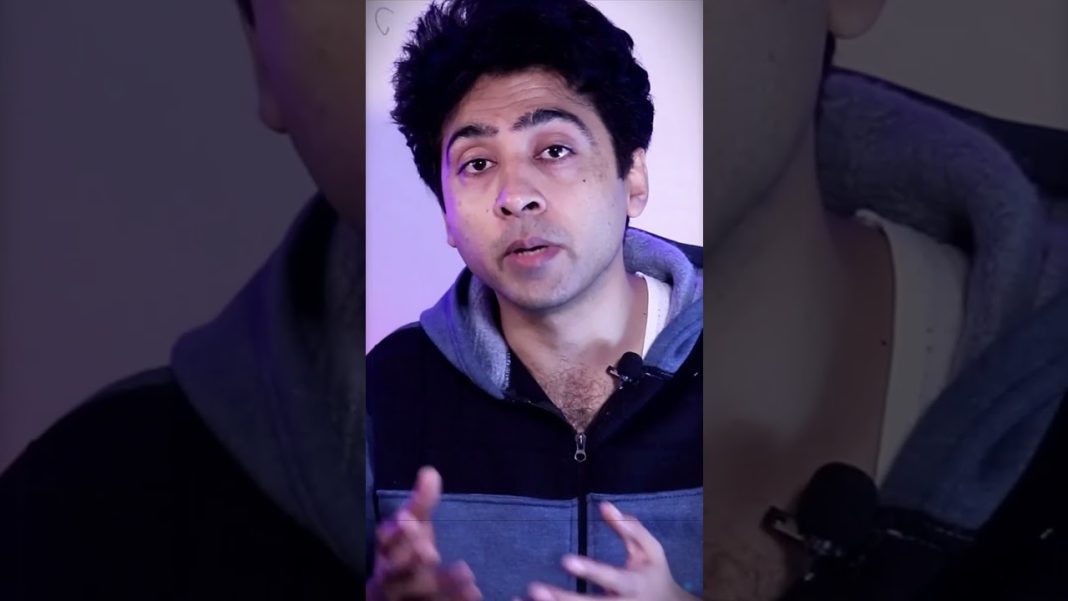Eyewitnesses in the Nuseirat refugee camp in the central Gaza Strip have described the horrifying scenes of death and destruction caused by the Israeli military’s attack on the area. Suhail Mutlaq Abu Nasser, a resident of the camp, had previously been displaced multiple times but had returned to Nuseirat as it was the closest thing he had to a home. On the day of the attack, Abu Nasser was standing by a window when missiles began to rain down on the area, just 20 meters away from him. The streets were filled with quadcopter drones, tanks, and Apache attack helicopters, making it impossible for ambulances to reach the injured. The sustained attack lasted about 75 minutes, leaving behind a horrific scene of destruction.
The Israeli forces claimed that the attack was part of a large-scale operation to rescue four Israeli hostages who had been seized from a rave on October 7. However, the authorities in Gaza accused the Israeli soldiers of disguising themselves as displaced persons and carrying out what is now being called the Nuseirat massacre. The attack resulted in the deaths of 274 people, including 64 children and 57 women, and more than 400 injuries. Additionally, 89 inhabited homes or residential buildings were bombed during the raid.
Eyewitnesses and aid workers at Al-Aqsa Martyrs Hospital in Deir al-Balah, which received many casualties from Nuseirat, expressed their shock and outrage at the indiscriminate violence. Karin Huster, a policy organizer and supervisor working at the hospital with Doctors Without Borders, described the scene as “mayhem” and questioned why innocent civilians, including children and the elderly, deserved such brutality. She also criticized the silence of the international community in the face of these atrocities.
The article also highlights the challenges faced by hospitals in Gaza due to repeated attacks by the Israeli military. Health care facilities have been targeted, and health care workers have been detained or disappeared. Maternity wards have struggled to provide care to premature babies, and resources like fuel have been scarce. The situation has led to chaos and desperation within the hospitals, with patients of all ages suffering from various war wounds.
The author of the article, who was on her way to Nuseirat to conduct an interview, experienced firsthand the violence and fear that permeated the region. She witnessed helicopter gunships firing continuously, artillery shells landing nearby, and explosions happening all around. The safety of her daughter became her primary concern, and she decided to flee back to Deir al-Balah and seek refuge at Al-Aqsa Hospital.
The narrative also sheds light on the displacement experienced by Abu Nasser and his wife. They had been forced to leave their home in Al-Saftawi in November due to Israeli military attacks. They sought shelter in Nuseirat but were displaced again in December, this time ending up in Rafah. After five months, when Rafah was threatened by the Israeli army, they returned to their partially destroyed home in Nuseirat. The constant displacement and fear of bombings have taken a toll on their lives.
Overall, the article provides a harrowing account of the Nuseirat massacre and the devastating impact it had on the residents of the camp. It highlights the need for international intervention and accountability for the violence inflicted on innocent civilians. The personal stories and eyewitness testimonies add depth and emotion to the narrative, making it a powerful and compelling read.


